Table of Contents
ToggleIntroduction to Jib Crane Maintenance Decisions
Effective jib crane maintenance is vital to ensuring safe operations, maximizing equipment efficiency, and optimizing return on investment. One critical decision facing businesses is whether to outsource maintenance services or manage them in-house. This article, based on industry experience and expertise, provides an authoritative and trustworthy comparison of outsourcing versus in-house jib crane maintenance.
Understanding Jib Crane Maintenance Needs
Importance of Regular Jib Crane Maintenance
Regular maintenance prevents costly breakdowns, extends equipment life, and enhances operational safety. Jib crane maintenance includes routine inspections, lubrication, component replacements, and operational checks to maintain performance standards.
Key Maintenance Activities
Essential tasks include:
- Regular inspections and safety checks
- Lubrication of moving components
- Replacement of worn or damaged parts
- Structural and mechanical assessments
- Operational testing and troubleshooting
Benefits and Drawbacks of In-House Jib Crane Maintenance
Benefits of In-House Maintenance
Immediate Availability
In-house teams can respond rapidly to maintenance requirements, reducing downtime significantly.
Familiarity and Expertise
Internal technicians become deeply familiar with specific jib cranes and their operational nuances, leading to quicker diagnostics and efficient repairs.
Enhanced Control
Managing maintenance internally allows companies direct oversight and control of quality standards and scheduling flexibility.
Drawbacks of In-House Maintenance
High Initial Investment
Developing an effective in-house maintenance program demands significant initial investments in tools, equipment, and staff training.
Continuous Training Needs
Technicians require ongoing training to stay updated with evolving jib crane technologies and maintenance best practices, such as those detailed in Jib Crane Maintenance Training Programs for Technicians.
Limited Resources
Smaller businesses may find sustaining an in-house maintenance team challenging due to resource constraints, impacting the efficiency and quality of maintenance activities.
Benefits and Drawbacks of Outsourcing Maintenance
Benefits of Outsourcing Maintenance
Access to Expert Technicians
Outsourcing provides immediate access to specialized and experienced technicians who regularly handle diverse jib crane applications and maintenance issues.
Reduced Operational Costs
Contracting maintenance externally reduces overhead costs related to staffing, training, and equipment procurement.
Scalability and Flexibility
Outsourced providers offer scalability, quickly adjusting services based on business needs without the burden of hiring or downsizing in-house personnel.
Drawbacks of Outsourcing Maintenance
Reduced Control
Companies may have less direct control over maintenance schedules and response times, potentially affecting operational continuity.
Dependency on External Providers
Relying on external service providers can lead to dependency, limiting internal capabilities to handle unexpected emergency maintenance.
Communication Barriers
Communication issues with external teams might delay urgent maintenance tasks or create misunderstandings affecting service quality.
Cost Comparison: Outsourcing vs. In-House
Conducting a thorough cost-benefit analysis is crucial for deciding between outsourcing and in-house jib crane maintenance. Factors to consider include:
- Initial investment and long-term maintenance costs
- Training and development expenditures
- Downtime and operational disruptions
- Contractual agreements and service level expectations
Utilizing analytics can help organizations accurately assess costs and returns, as described in Jib Crane Maintenance Analytics to Improve Asset ROI.
Decision-Making Considerations for Businesses
Size and Complexity of Operations
Smaller operations may benefit more from outsourcing, whereas larger facilities with extensive jib crane usage might justify an in-house approach.
Frequency of Maintenance Requirements
High-frequency maintenance demands may justify an in-house team, while infrequent servicing aligns well with outsourcing.
Expertise and Resource Availability
Assessing internal resources and expertise helps determine if businesses have adequate capabilities to support in-house maintenance efficiently.
For comprehensive strategies tailored to small businesses, refer to Jib Crane Maintenance Strategy for Small Industrial Sites.
Sustainability Considerations in Jib Crane Maintenance
Regardless of the chosen approach, sustainability is increasingly critical in maintenance practices. Both in-house and outsourced maintenance should prioritize:
- Eco-friendly lubricants and materials
- Sustainable waste disposal practices
- Energy-efficient component upgrades
Leveraging the Right Maintenance Tools and Products
Whether opting for in-house or outsourcing, choosing quality maintenance products and tools significantly affects jib crane performance and lifespan. Companies can explore recommended options detailed in Jib Crane Maintenance Tools and Products You Should Use.
Selecting a Trusted Maintenance Partner
If opting for outsourced services, selecting a trusted provider is crucial. Reliable companies like Aardwolf offer extensive selections of crane products and expert services, ensuring quality and reliability.
Conclusion: Choosing the Best Maintenance Approach
The decision to outsource jib crane maintenance or manage it internally should be guided by careful analysis of operational needs, resources, and long-term goals. Both options have distinct advantages and challenges. Businesses must consider factors such as cost, operational scale, control requirements, and expertise levels to make informed decisions that optimize operational efficiency, safety, and return on investment.

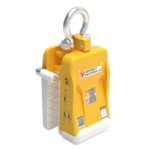
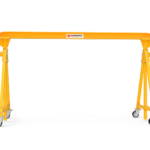
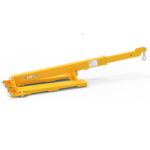
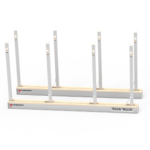
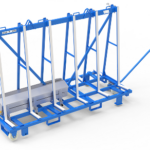
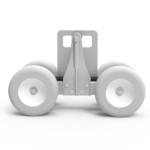
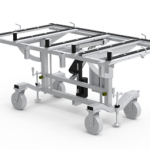
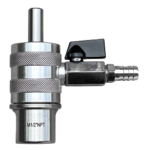
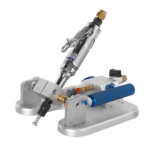
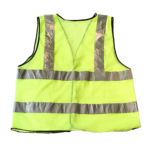

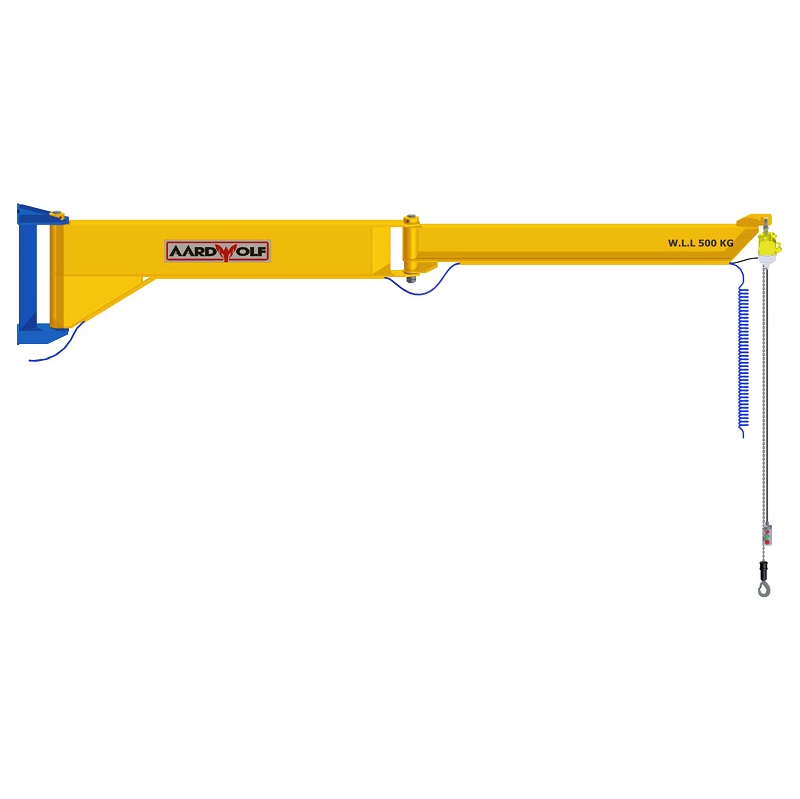
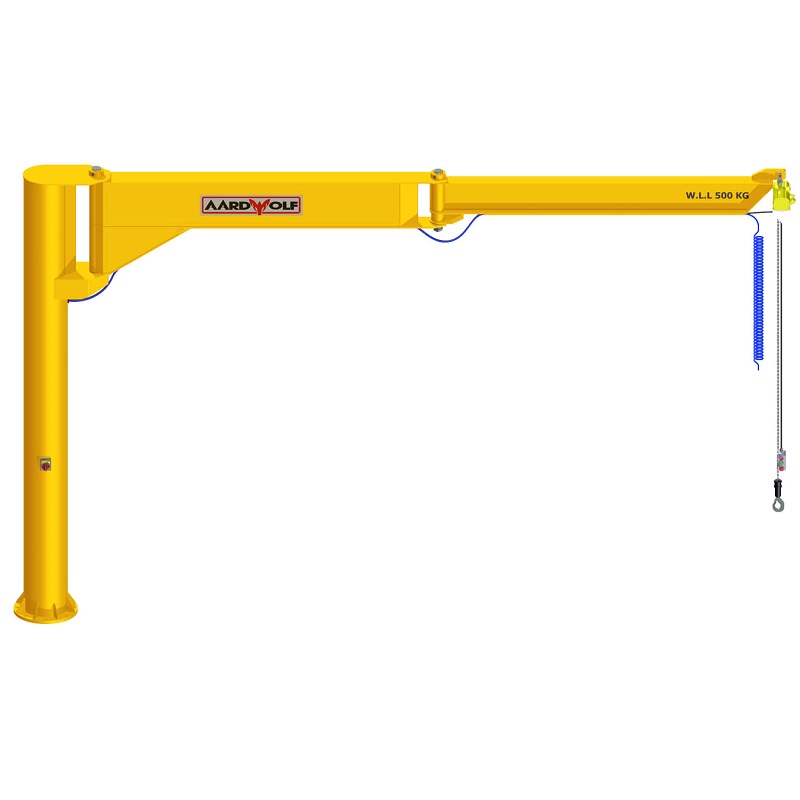
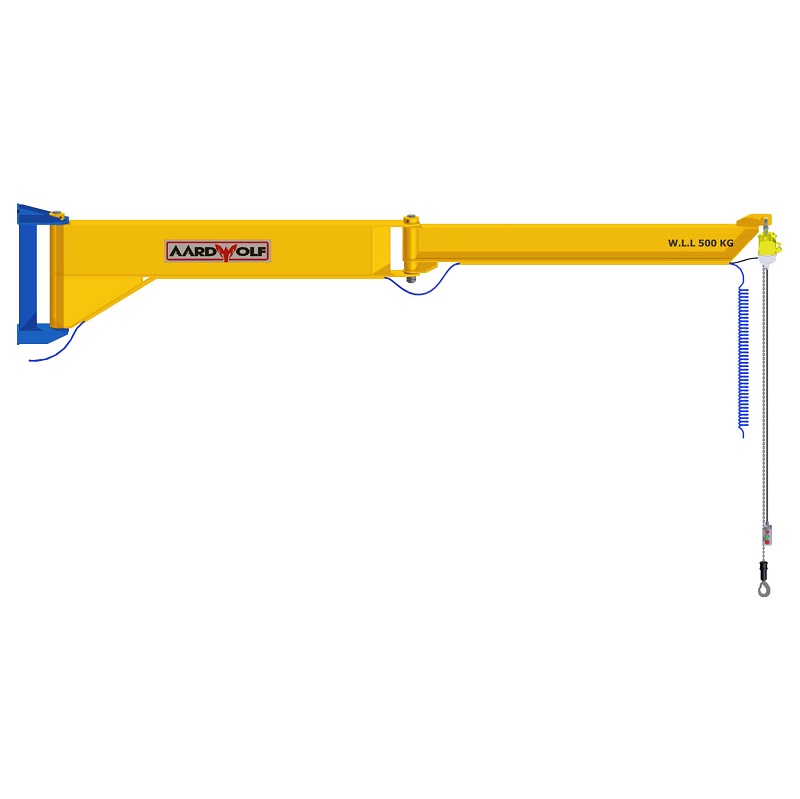
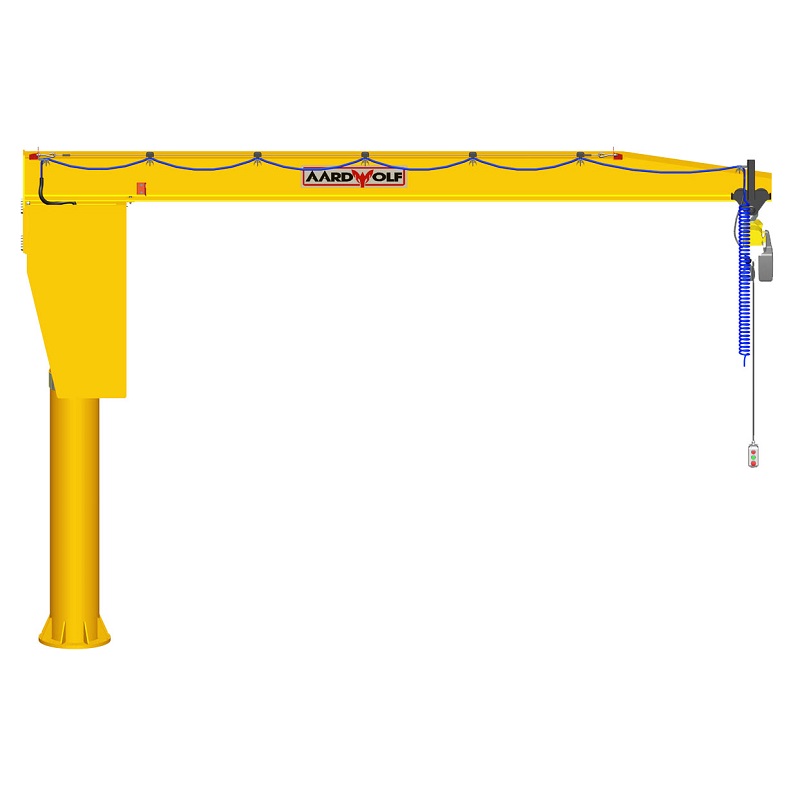

Please log in to leave a comment.